- Home
- Fiberglass Box
Fiberglass Box Enclosure Custom & Shop – GangLong Fiberglass
Fiberglass boxes by GangLong Fiberglass are engineered to provide superior protection in some of the harshest environments imaginable, including water treatment facilities, irrigation systems, oil refineries, and chemical processing plants. Additionally, the fiberglass box is equipped with superior freeze protection features, such as a wall-mounted heater or self-regulating heat trace tape, making it an excellent choice for environments that experience extreme cold. These enclosures, featuring a robust fiberglass shell, have proven their durability and reliability, having withstood extreme weather conditions from snowstorms to hurricanes.
The robust design of a typical Fiberglass Box, such as the 72 x 36 x 18 inches model with an opaque cover and “HWT” configuration, includes a stainless steel hinged and latched-down cover. This design features weatherproof and vandal-resistant properties, including an overlapping lid seam that helps keep out unwanted elements and potential vandals. The box also includes a lockable top and steel anchors for added security, although padlocks are not included.Fiberglass boxes are not only tough but also corrosion-resistant, thanks to the reinforced fiberglass construction and a smooth, UV-resistant gelcoat that ensures a long-lasting, corrosion-proof finish. The use of fiberglass reinforced polyester FRP further enhances their durability, making them ideal for demanding environments where strength and resistance to degradation are essential. GangLong Fiberglass‘s range of fiberglass boxes features durable and versatile options in various sizes and designs, both aesthetic and practical.
Simplifying Your Life: Key Functionalities
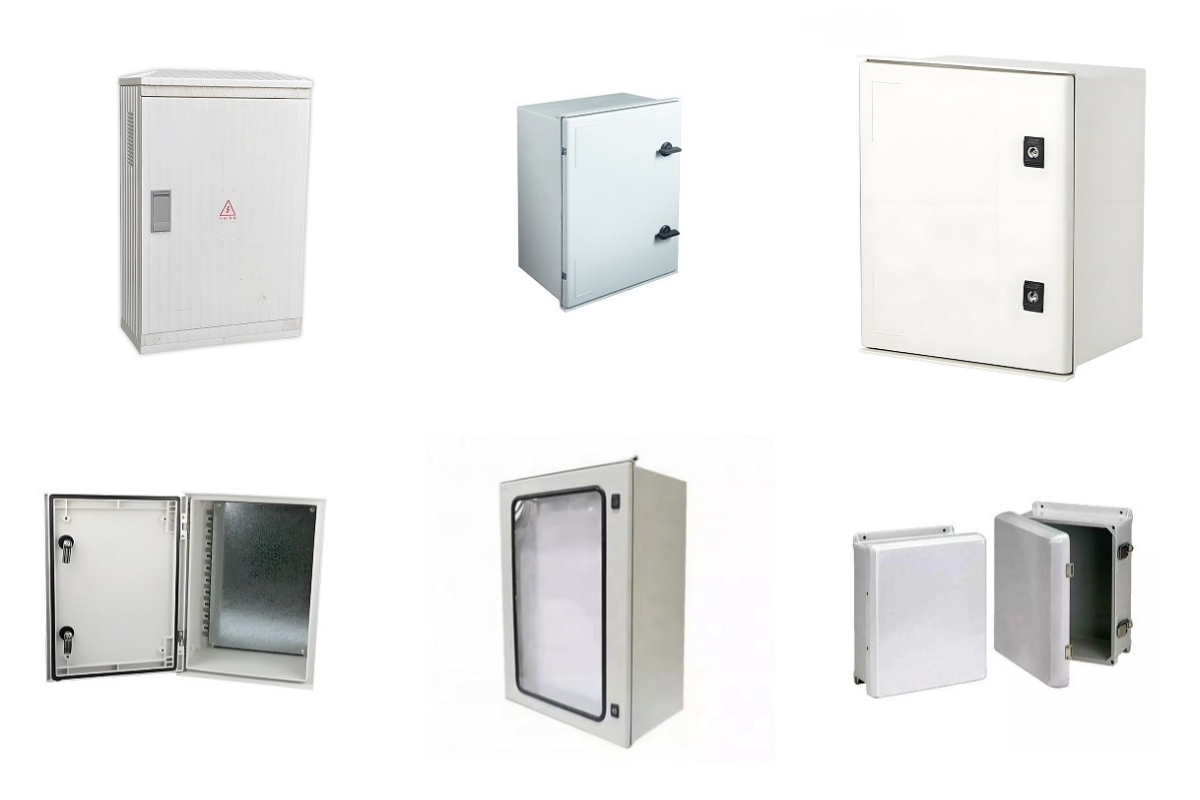
| Attributes | Details |
|---|---|
| Place of Origin | Hebei, China |
| Brand Name | GangLong Fiberglass |
| Product Name | Fiberglass Box |
| Application | Outdoor, Industrial, Indoor, Power Transmission |
| Material | Fiberglass |
| Length | Accept Length Customization |
| Width | Accept Width Customization |
| Depth | Accept Depth Customization |
| Color | Accept Color Customization |
| External Dimension | Accept Size Customization |
| IP Rating | IP66 |
| Function | Waterproof, Fireproof, Dustproof |
| Certificate | ISO9001/ROHS/CE |
| Customization Service | Logo Label |
| Service | OEM ODM Customization |
| Packing Details | Standard Export Packing |
News
- Exploring the Benefits of Carbon Fiber Apparel
- How to Work with Carbon Fiber Successfully
- Carbon Fiber Suit: The Future of Lightweight Armor
- Is Carbon Fiber Armor the Future of Protection?
- Why White Carbon Fiber is Popular in Automotive Design
- Transparent Carbon Fiber Sheets: Strength Meets Clarity in Design
- Chopped Carbon Fiber Mat for Lightweight Reinforcement
- Carbon Fiber EG Hatch: Upgrade Your Civic Today
- The Benefits of Using Structural Carbon Fibre in Engineering
- How Many Layers of Layered Carbon Fiber Are Needed?
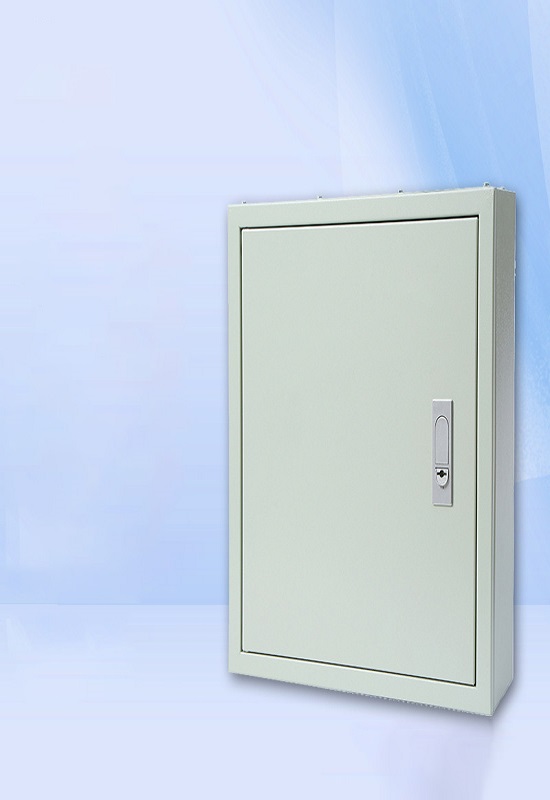
What Are Fiberglass Boxes?
Definition and Composition of Fiberglass Box
A Fiberglass Box is a robust, lightweight enclosure designed to protect various components and systems in industrial, commercial, and residential applications. These boxes are constructed using fiberglass-reinforced plastic (FRP), a composite material consisting of fine glass fibers embedded within a resin matrix.
The key elements of a Fiberglass Box include:
- Glass Fibers: These fibers serve as the primary structural component, imparting tensile strength and durability to the box.
- Resin Matrix: Thermosetting resins, such as polyester or epoxy, bind the glass fibers together, providing the box with rigidity and resistance to environmental factors like moisture, chemicals, and UV radiation.
- Additives and Fillers: Additional materials may be included to enhance specific properties, such as fire resistance, thermal insulation, or improved aesthetics.
This composite construction results in a box that combines the strength of glass with the versatility and resilience of plastic, making it an ideal solution for demanding environments.
Fiberglass Boxes offer unparalleled protective features, making them suitable for use in harsh conditions: In addition to its protective qualities, Fiberglass Boxes offer numerous advantages over other materials: These protective qualities and advantages make Fiberglass Boxes an excellent choice for industries such as telecommunications, utilities, construction, and marine applications, where durability and reliability are paramount.Protective Qualities and Advantages of Fiberglass Boxes
Protective Qualities
Advantages
Applications and Types of Fiberglass Boxes
Fiberglass Boxes come in various types, each designed for specific purposes and environments. Below is a detailed introduction of each type, followed by their respective applications and advantages.
Wall-Mounted Fiberglass Boxes
Wall-mounted Fiberglass Boxes are compact enclosures designed to be mounted on walls or flat surfaces. These boxes often come with hinged doors for convenient access and secure locking mechanisms.
- Applications:
Wall-mounted boxes are commonly used in commercial and industrial buildings to house electrical controls, circuit breakers, and instrumentation panels. They are also widely installed in factories to protect automation and monitoring systems. - Advantages:
These boxes offer excellent protection against moisture, chemicals, and heat, ensuring the durability of the enclosed components. Their compact design makes them easy to install and maintain, while their lightweight nature simplifies transportation and handling.
Junction Fiberglass Boxes are specialized enclosures designed to protect electrical wiring connections. These boxes feature multiple entry points for cables and conduits, ensuring a safe and organized layout for wiring systems. Free-standing Fiberglass Boxes are large, self-supporting enclosures designed to house complex systems or critical infrastructure. They often include reinforced bases, double doors, and advanced locking options for enhanced security. Customizable Fiberglass Boxes are designed to meet unique specifications and offer additional features, such as clear covers for visibility, ventilation panels, or thermal insulation. Customizability Features: One of the primary advantages of fiberglass boxes is their customization potential. These boxes can be tailored to meet specific storage or transport needs. Key customizable features include: Size and Shape: Fiberglass boxes can be manufactured in a variety of sizes and shapes to fit different storage or shipping requirements. Whether you need a compact box for small components or a larger container for bulkier items, fiberglass boxes can be adjusted to your specifications. Reinforcements and Load Capacity: Depending on the application, you may require a box that can support heavier loads. Fiberglass boxes can be reinforced with additional layers or thicker resin coatings to increase their load-bearing capacity. Color and Finish: Custom fiberglass boxes can be produced in a variety of colors, allowing businesses to coordinate their storage solutions with their branding or operational needs. Additionally, the finish can be smooth or textured, depending on the desired aesthetic or functional requirements (such as non-slip surfaces). Special Features: Features like handles, locking mechanisms, or ventilation can be added to fiberglass boxes to improve their functionality. These additions are ideal for specific tasks like secure storage, easy handling, or moisture control. Fiberglass Boxes are available in various types to suit different applications, from small-scale installations to large, critical infrastructure systems. Wall-mounted and junction boxes are ideal for compact setups, while free-standing and customizable boxes cater to more complex and demanding requirements. Their unique protective features and adaptability make them a reliable choice across a wide range of industries.Junction Fiberglass Boxes
Junction boxes are essential in residential electrical systems, where they protect wire connections from dust and moisture. They are also heavily used in outdoor applications, such as irrigation systems and street lighting, where environmental exposure is a concern.
Junction boxes provide airtight and waterproof sealing, safeguarding wires from short circuits, corrosion, and accidental tampering. Their durability ensures long-term reliability, even in harsh outdoor environments.Free-Standing Fiberglass Boxes
These boxes are widely used in telecommunications to protect fiber optic equipment from dust, moisture, and physical damage. In the energy sector, they house control systems for renewable energy installations, such as solar inverters and wind turbine controllers. They are also utilized in transportation, safeguarding traffic signal controls and monitoring devices.
Free-standing Fiberglass Boxes provide ample space for large equipment and are highly customizable to meet specific installation requirements. Their robust design ensures they can withstand harsh weather conditions, heavy impacts, and chemical exposure.Customizable Fiberglass Boxes
These boxes are often used in specialized industries such as oil and gas, where explosion-proof designs or extra durability is needed. They are also ideal for laboratories and high-tech facilities, where visibility or unique mounting options are required for monitoring sensitive equipment.
Customizable Fiberglass Boxes provide unparalleled flexibility, allowing for modifications to fit specific operational needs. They combine all the protective qualities of standard fiberglass boxes with tailored features, ensuring superior performance in demanding environments.
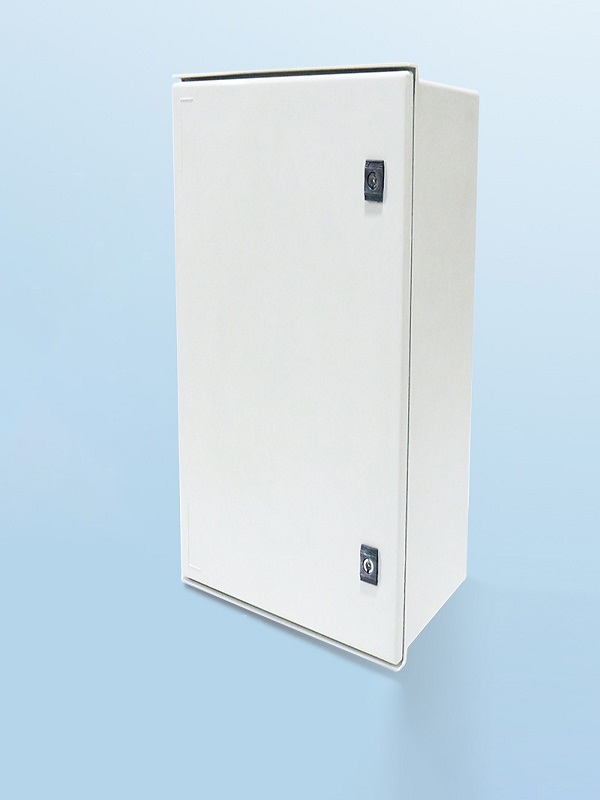
Thank you for your interest in our products. To receive our pricelist or for any inquiries, please fill out the form below. We will get back to you within 24 hours.
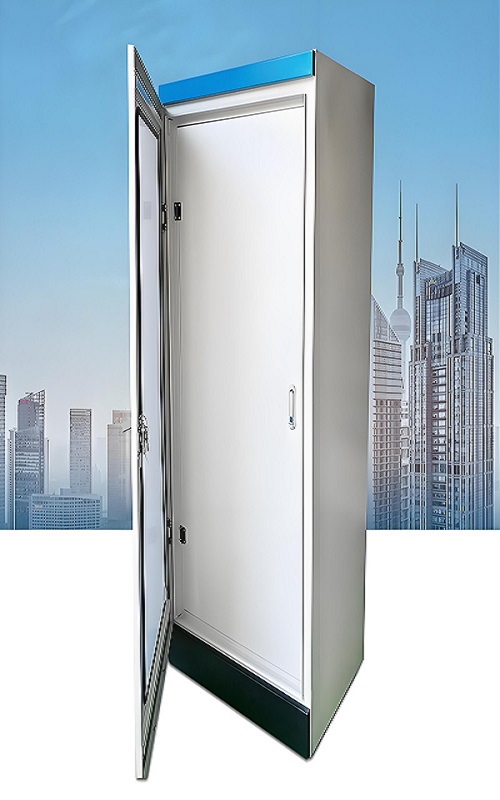
Fiberglass Box Sizes
Fiberglass Boxes are available in a variety of sizes to accommodate diverse applications across industries. From standard sizes to custom dimensions, each option comes with its own advantages and uses. Below is a detailed overview of common sizes, their applications, and the importance of selecting the right size, followed by insights into customization options.
Common Sizes of Fiberglass Boxes
Small Sizes (e.g., 6x6x4 inches)
Advantages:
- Compact and lightweight, making them easy to install in tight spaces.
- Cost-effective for small-scale projects.
Disadvantages:
- Limited internal space may not accommodate complex or multiple components.
- Risk of overheating if overcrowded.
Applications:
- Ideal for simple junctions, small electrical components, and outdoor lighting connections.
- Commonly used in residential installations where space is constrained.
Advantages: Disadvantages: Applications: Advantages: Disadvantages: Applications: Component Size and Quantity: Installation Environment: Future Expansion Needs: Choosing the right size ensures optimal functionality and safety of the system. An undersized box may lead to operational inefficiencies, while an oversized box can be cumbersome and cost-inefficient. A well-fitted Fiberglass Box contributes to seamless installation, proper component arrangement, and improved system longevity. In addition to standard sizes, customizable Fiberglass Boxes are available to address unique project requirements. Manufacturers like GangLong Fiberglass offer tailored sizing solutions to meet specific needs, including: GangLong Fiberglass specializes in delivering custom-sized Fiberglass Boxes tailored to a wide range of industrial and commercial applications. Their custom services include: With GangLong Fiberglass’s expertise, users can confidently acquire a Fiberglass Box that fits their unique application while maintaining high performance, durability, and reliability. Whether opting for standard sizes or custom dimensions, Fiberglass Boxes offer versatile solutions to protect critical equipment across industries. Proper size selection ensures operational efficiency, while customization provides unparalleled adaptability for specialized needs. With manufacturers like GangLong Fiberglass offering tailored services, users can achieve optimal results regardless of the application.Medium Sizes (e.g., 12x10x6 inches)
Large Sizes (e.g., 24x24x10 inches or more)
How to Choose the Right Size for a Fiberglass Box
Key Considerations
Importance of Selecting the Right Size
Customized Fiberglass Box Sizes
Benefits of Customization:
GangLong Fiberglass Custom Services
Fiberglass Box with Lids
What is a Fiberglass Box with Lids?
A Fiberglass Box with Lids is an enclosure made from fiberglass-reinforced plastic, specifically designed to protect components and systems from environmental hazards and unauthorized access. The defining feature of these boxes is the inclusion of a lid, which acts as a protective cover, creating a sealed enclosure to safeguard the internal contents.
Lids for Fiberglass Boxes come in various designs, such as hinged lids, removable lids, or even transparent covers, offering flexibility to suit different applications. The combination of the robust fiberglass material and the secure sealing provided by the lid makes these boxes ideal for use in environments where components require protection from dust, moisture, corrosive chemicals, or physical tampering.
Protection Against Environmental Factors Lids serve as the first line of defense, sealing the box to prevent the ingress of: Enhanced Security Lids protect the box’s contents from unauthorized access or tampering, a crucial feature in environments housing valuable, sensitive, or hazardous components. Lockable lids provide an additional layer of security, ensuring only authorized personnel can access the box’s contents. Convenience and Accessibility By incorporating lids, Fiberglass Boxes become more versatile, offering not only protection but also ease of use and enhanced security. Evaluate Environmental Requirements Determine Accessibility Needs Consider Security Requirements Match Size and Capacity Inspect Certification and Ratings A Fiberglass Box with Lids is a crucial enclosure solution for protecting sensitive equipment in various environments. The lid not only provides protection from environmental factors but also enhances security and ease of access. Choosing the right Fiberglass Box with Lids involves assessing environmental conditions, accessibility needs, security concerns, and size requirements. With the right selection, these boxes ensure durability, reliability, and convenience in protecting valuable systems and components.The Importance of Lids for Fiberglass Boxes
How to Choose the Right Fiberglass Box with Lids
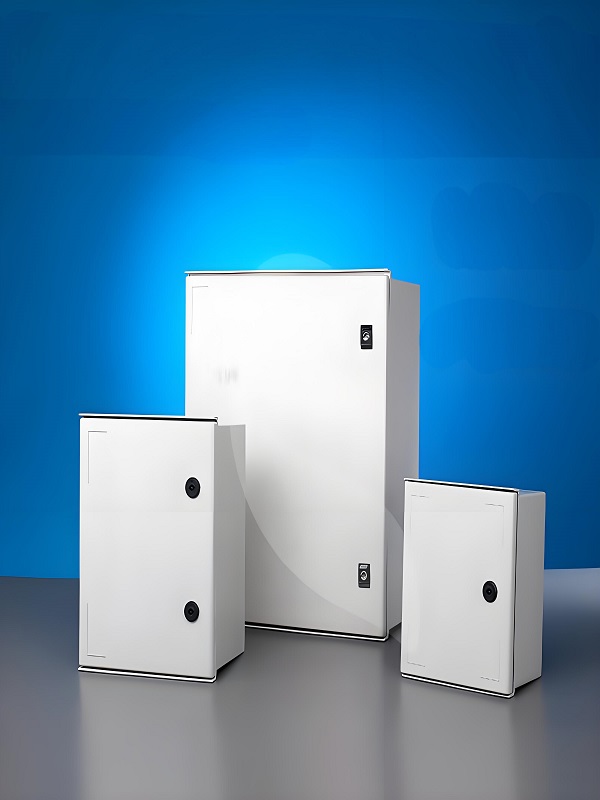
FAQs about Fiberglass Box
What Is Needed to Make Fiberglass?
Once the glass is molten, it is extruded through fine nozzles to create thin strands of glass fibers. These fibers are then coated with a binding agent or resin, which helps to hold them together and gives the fiberglass its characteristic strength and flexibility. The fibers can be woven into mats or left as loose strands, depending on the intended use of the fiberglass.
The final step involves curing the resin-coated fibers through heat or chemical processes, resulting in a solid, durable material that can be molded into various shapes and sizes. The ability to tailor the composition and structure of fiberglass allows for a wide range of applications, from electrical insulation to reinforcement in construction materials.
Do all bed-in-a-box mattresses have fiberglass?
How do you punch out a fiberglass electrical box?
What will fiberglass resin not stick to?
What to do if you touch fiberglass?
What does fiberglass do to your body?
Is fiberglass a good electrical insulator?
How to check for fiberglass?
How long does fiberglass resin last?
Does Nectar still use fiberglass?
Do Purple mattresses have fiberglass?
Can you use metal electrical boxes in residential?
Can you punch fiberglass?
Can fiberglass resin withstand heat?
Are fiberglass electrical boxes better?
Does fiberglass attract electricity?
Should l replace metal electrical box with plastic?
Which is cheaper, fiberglass or polycarbonate?
How to knock out a fiberglass box?
Which electrical box is best?
Fiberglass Boxes: Best for industrial, marine, and outdoor environments where resistance to corrosion, moisture, and impact is needed. They provide electrical insulation and are suitable for both high and low-voltage applications.
Metal Boxes: Best for indoor installations where a grounded metal enclosure is required. They are durable and can handle high-heat situations but are prone to rust in humid environments.
Plastic Boxes: Best for light-duty residential applications. They are non-conductive and corrosion-resistant but not as strong as fiberglass.
For most industrial applications, fiberglass boxes are considered the best option due to their combination of strength, durability, and safety features.
ls fiberglass a good electrical insulator?
Why is fiberglass better than metal?
Can you put fiberglass insulation inside electrical box?
Can you make a sub box out of fiberglass?
How many layers of fiberglass for a sub box?
Do fiberglass sub boxes sound good?
How thick does a fiberglass sub box need to be?
What is the best material to make a sub box?
MDF (Medium-Density Fiberboard): The most common material used due to its density, rigidity, and relatively low cost. It provides a solid, vibration-free enclosure for subwoofers.
Fiberglass: Ideal for custom-shaped enclosures that need to fit in unique spaces. Offers excellent strength and allows for creative designs that can enhance the acoustics of the subwoofer.
Plywood: High-quality, marine-grade plywood is sometimes used for sub boxes that need to be lightweight yet strong. It can be less resonant than MDF but requires more skill to work with.
For custom installations or where space and design are critical, fiberglass is often the best choice due to its versatility and ability to form complex, acoustically optimized shapes.
How many layers of fiberglass does it take to make a boat?
Can you mix fiberglass resin in a plastic container?
Does a sub box need to be sealed?
Sealed Box: Provides tight, accurate bass with a flat frequency response. It is ideal for genres that require precision, such as jazz or classical music. Sealed boxes are simpler to design and build but require more power to produce high sound pressure levels (SPL).
Ported Box: Offers louder, more boomy bass with enhanced low-end response. It is suitable for genres like hip-hop or electronic music. Ported boxes are more complex to design due to the need for precise tuning of the port.
The decision depends on the desired sound characteristics and the type of music or audio the system will reproduce.
Does bed in a box use fiberglass?
Why are fiberglass mattresses illegal?
Is fiberglass hazardous to health?
Can you sue for fiberglass in a mattress?
Is fiberglass safe in beds?
How do l know if my bed is fiberglass?
How to test for fiberglass in lungs?
How to get rid of fiberglass from a mattress?
Do Not Remove the Cover: Avoid removing the mattress cover, as this can release more fiberglass.
Contain the Area: Isolate the affected area to prevent fiberglass from spreading.
Wear Protective Gear: Use gloves, a mask, and long sleeves to protect yourself from fiberglass particles.
Clean the Surroundings: Use a vacuum with a HEPA filter to clean the surrounding surfaces. Avoid using regular vacuums, as they can spread fiberglass fibers.
Dispose of Contaminated Bedding: Wash bedding in hot water separately or dispose of it if heavily contaminated.
Consult Professionals: Consider hiring a professional cleaning service experienced in handling fiberglass contamination for severe cases.
Removing fiberglass entirely can be challenging, and professional remediation may be necessary to ensure safety.
What is fiberglass box?
Why is fiberglass banned?
What is fiberglass and why is it bad for you?
Is fiberglass worth the money?
Are fiberglass boxes fireproof?
Is fiberglass easily breakable?
Why is fiberglass cheaper?
Why use a fiberglass electrical box?
What is a fiber box used for?
What is the difference between fiberglass and fibreglass?
Thank you for your interest in our products. To receive our pricelist or for any inquiries, please fill out the form below. We will get back to you within 24 hours.
